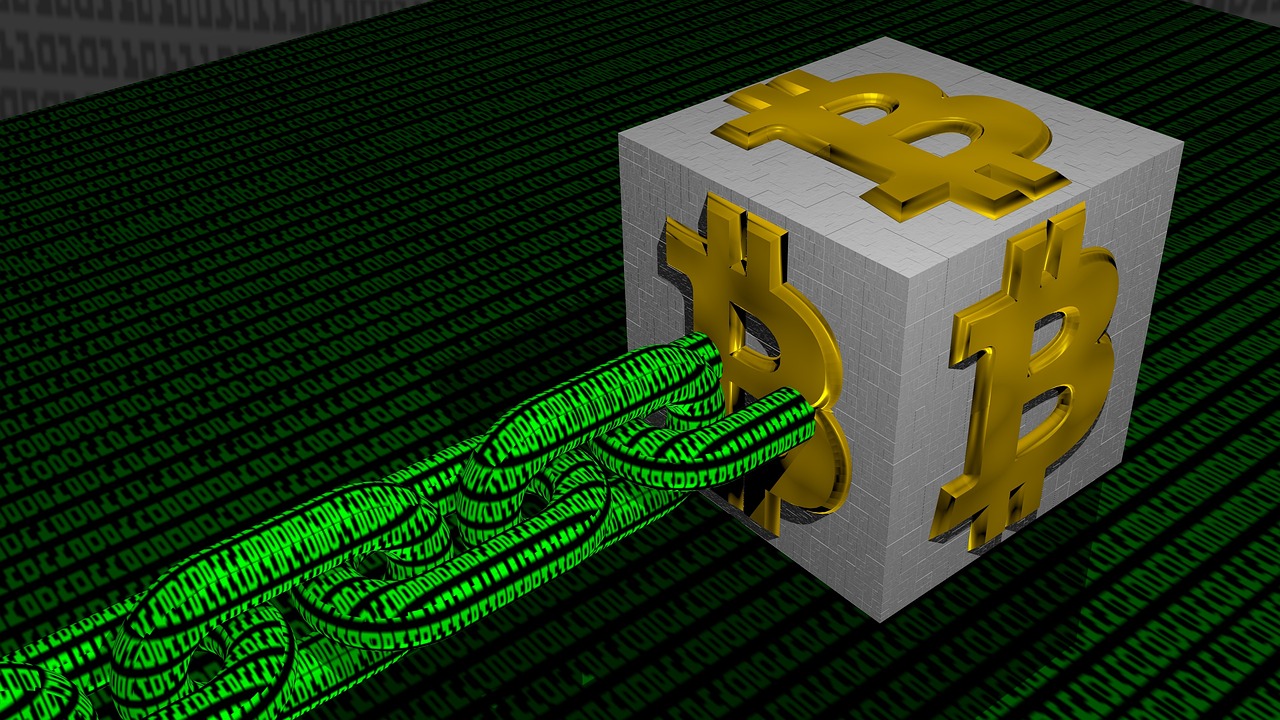The much-anticipated PI Network Open Mainnet marks a significant milestone in the evolution of digital currencies. This transition represents a shift from a closed ecosystem to a fully operational, decentralized network, offering broader usability and real-world applications. As the world continues to embrace blockchain technology, this new development aims to redefine how people interact with decentralized finance and cryptocurrency.
Understanding the PI Network Open Mainnet
The PI Network Open Mainnet is the final phase of the project’s roadmap, enabling users to conduct transactions beyond the enclosed environment. Initially launched as a mobile-based mining application, it has grown into a large community-driven network. The primary objective of this transition is to create a fully functional blockchain that fosters peer-to-peer transactions while maintaining security, accessibility, and scalability.
Unlike conventional cryptocurrencies that rely on energy-intensive mining, this digital ecosystem offers a novel approach. It leverages a consensus algorithm that allows individuals to earn rewards by validating transactions without requiring high-end computational resources. This unique mechanism ensures mass adoption and inclusivity, paving the way for a broader user base.
Key Features of the PI Network Open Mainnet
- Decentralization and Security
- The network operates on a distributed ledger, ensuring transparency and eliminating single points of failure.
- Advanced cryptographic mechanisms protect user assets and maintain the integrity of the system.
- Scalability and Transaction Efficiency
- The mainnet launch incorporates an optimized blockchain architecture designed to handle a large volume of transactions efficiently.
- Its infrastructure aims to support smart contracts and decentralized applications (dApps), enhancing its utility.
- Usability and Real-World Applications
- The open mainnet enables real-world transactions, allowing users to spend their digital assets on various services and goods.
- Merchants and businesses can integrate with the network to accept payments, fostering adoption in the mainstream economy.
- Consensus Algorithm
- Instead of traditional proof-of-work mining, it relies on a Stellar Consensus Protocol (SCP), reducing energy consumption and environmental impact.
- This system ensures that transactions are processed quickly and securely without the need for high computational power.
The Transition to the PI Network Open Mainnet
The transition to the PI Network Open Mainnet follows a structured migration process. It involves:
- KYC Verification: Users need to complete identity verification to ensure compliance with regulations and prevent fraudulent activities.
- Token Migration: Coins mined in the closed ecosystem are transferred to the mainnet, allowing participants to engage in real transactions.
- Marketplace Expansion: Businesses and service providers integrate with the network, expanding the range of products available for purchase using digital assets.
The Significance of the Open Mainnet Launch
The launch of the PI Network Open Mainnet is a pivotal moment in the evolution of decentralized finance. It provides multiple benefits to users and developers alike:
Economic Empowerment
By enabling transactions beyond a closed environment, individuals gain financial freedom. Users can now exchange value without intermediaries, reducing transaction fees and ensuring greater control over their assets.
Enhanced Adoption
With an extensive user base, this network has the potential to bridge the gap between cryptocurrency enthusiasts and the general public. The mobile-first approach has already attracted millions of users worldwide, making the transition to an open ecosystem a crucial step toward mainstream adoption.
Development Opportunities
Developers can build and deploy decentralized applications, contributing to an ecosystem that extends beyond payments. This innovation opens doors for smart contracts, tokenized assets, and decentralized marketplaces, strengthening the network’s position in the blockchain industry.
Challenges and Considerations
While the PI Network Open Mainnet presents numerous advantages, it also faces certain challenges:
- Regulatory Compliance: The legal landscape for digital assets varies across countries, requiring the network to navigate regulations to ensure smooth operations.
- Security Concerns: As with any decentralized network, security vulnerabilities must be addressed to prevent malicious attacks.
- Adoption by Businesses: While the network has a strong user base, mass adoption by merchants and enterprises will determine its long-term viability.
Future Prospects of the PI Network Open Mainnet
Looking ahead, the PI Network Open Mainnet has the potential to revolutionize the digital economy. Some anticipated developments include:
- Integration with E-Commerce: More businesses are expected to accept transactions using this digital asset, enhancing its real-world utility.
- Expansion of dApps: Developers will contribute to the growth of the ecosystem by creating innovative applications that utilize the network’s blockchain.
- Interoperability with Other Networks: Future upgrades may allow seamless interaction with other blockchain platforms, expanding its reach and adoption.
Conclusion
The launch of the PI Network Open Mainnet is a groundbreaking moment in the world of digital currencies. It marks a shift from a closed ecosystem to a decentralized, secure, and scalable network, opening new doors for financial inclusion and technological advancements. As adoption grows, this transition will shape the future of peer-to-peer transactions, bridging the gap between traditional finance and decentralized solutions. With its unique approach and strong community backing, the network is poised to make a lasting impact on the global digital economy.


















